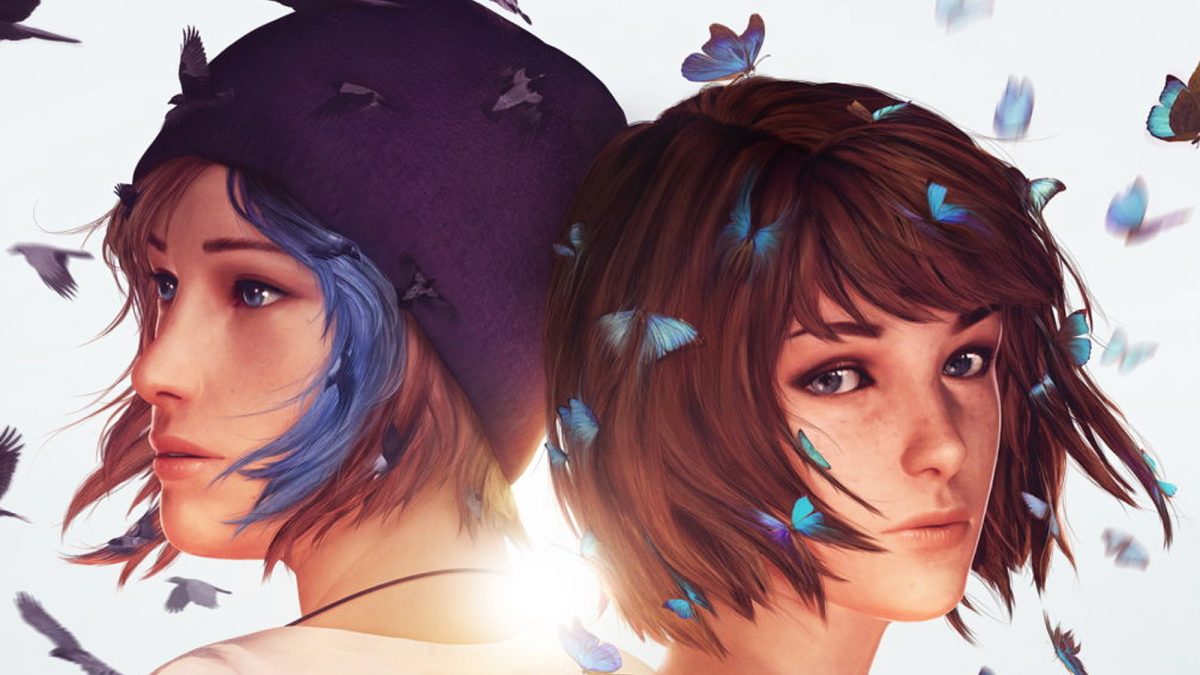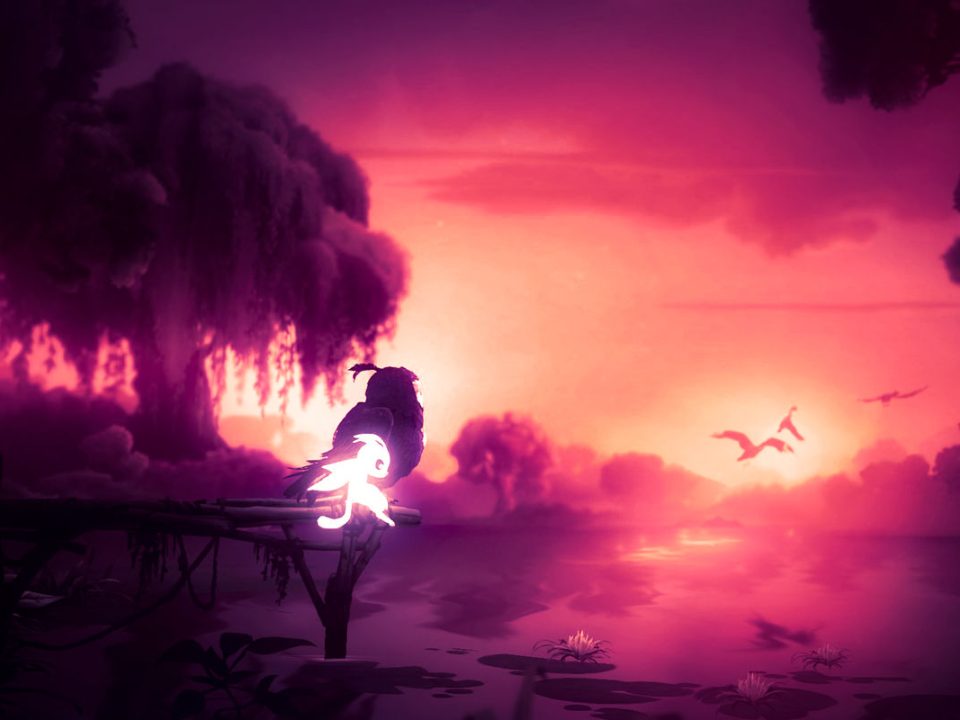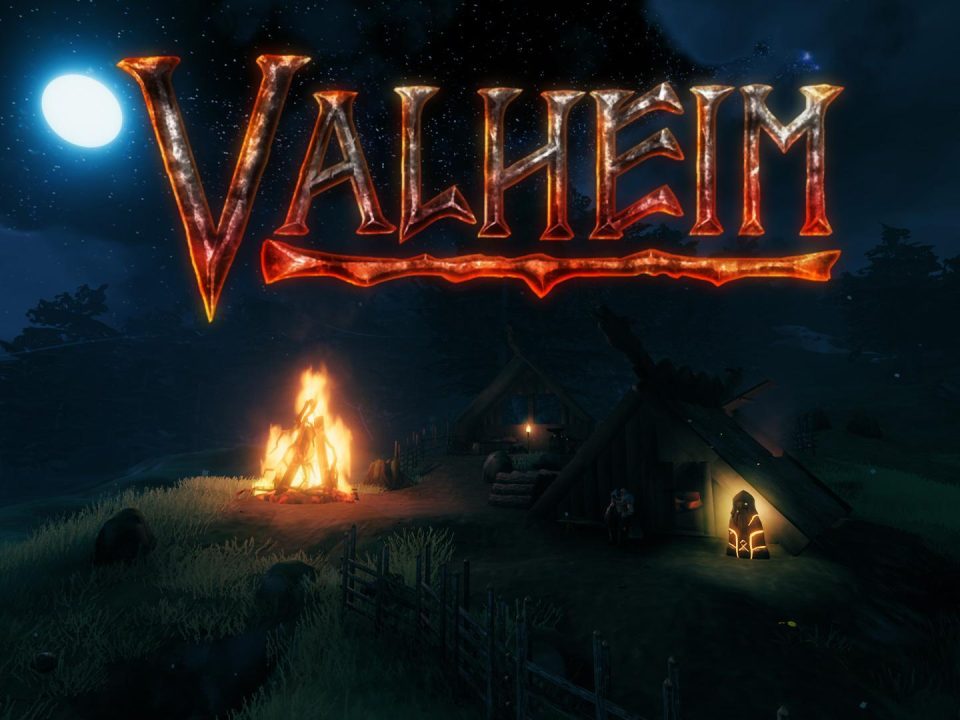
This Week With TerranLord: Solo Dungeons
June 10, 2022
Comfortably, Dishonored
June 30, 2022There are some stories that stay with us in uncomfortable ways. They dig into your heart, your trauma, something you may have experienced before – or perhaps provide a new perspective on something you didn’t quite understand.
The thing with a lot of sad happenings is that moving past them means you find comfort in sadness, melancholy, or a longing for something you lost, maybe never even had.
And we all know by now games have an impressive way of immersing you in these feelings.
Life is Strange is a point-and-click adventure that starts off as a seemingly normal high school story. For the early 20-something year old, as I was when I first played it, the game plays off nicely on the confusing and strange feelings we all experienced as we were ‘coming of age’.
You play as Max, who honestly, in my opinion, is kind of the worst. Despite my gripes with her character, though, the story needs to be told through her eyes. She makes mistakes, as all of us do, but the main difference is that she gets the power to reverse her decisions.
Literally.
*Some serious spoilers ahead*
Blurry lines
The beautiful part of Life is Strange is the dichotomy between Max and her ex-best-friend, Chloe. The stark difference in their personalities means that anyone can be brought right into relating to who they used to be, possibly who they wanted to be – and perhaps the ways they still haven’t changed their inner teenager.
You, the player, meet Chloe as she is about to get shot – and this is also the moment where you find your powers. Your first act is to reverse the shooting, and she is saved. Yay, right?
We’ll get there.
Chloe is a typical rebellion, struggling with the death of her father and strained relationship with her mother. These are big feelings to deal with for anyone, she takes to doing some shady shit she definitely knows she shouldn’t be involved in.
The game takes you on a journey through getting to know the town of Arcadia Bay and the grey lives of its citizens. You are introduced to characters who, at first, you might hate – but as the episodes go on, you realise that there is more to them than the faces they put on during the day and the discoveries you make about their daily activities.
But Chloe is the first blurred character that you fall in love with. You know that she shouldn’t be dealing with drug dealers and be so awful to her mother, but the way the game unfolds her story tells you that you should understand why she is doing this. She’s strong, she’s interesting, but she has pain.
And don’t we all?
Nothing is focused
Beyond the grey vision of most of the characters in the game, the main mechanic of reversing time and diving into the past is focused through Max’s photography.
The main story revolves around finding Rachel, Chloe’s person, as she goes missing a few months before Max arrives in Arcadia Bay – and you use your powers to find out what really happened. From there, you find out about a dark web of secrets that resulted in Rachel’s death and Max’s capture.
Through the game, there are a few moments where you go back and try to fix Chloe’s life – the way it went, even to the point of bringing her dad back. None of it works out, and even though you try and save her over and over again, at the end of it all, Chloe’s fate is thrust in your hands one last time.
Because, obviously, your little time twisting has some serious consequences, and you need to choose whether to save Chloe or go back to the beginning with all you know now and save the entire town of Arcadia Bay.
And, as sad as I am to say this, saving Chloe just doesn’t make sense.
The blurred lines of the characters in Arcadia Bay expertly present the idea that nobody’s life and the decisions they make are a linear story that can be explained merely through whether or not they’re just a good or bad person. In fact, ‘good’ and ‘bad’ in itself is questioned quite dramatically.
But, Chloe’s death isn’t just about understanding that you can’t go back and fix your mistakes, it’s also about accepting the appalling fate some of us face.
Don’t mess with time
Life is Strange throws quite a few concepts at you – death, trauma, the difficulties of being a teenager, accepting fate – but it is all brought together through what is essentially a story about friendship.
The comfort of Life is Strange lies in the simple concept that we are not alone in the horrible curveballs life throws at us, and perhaps, we will be okay once we understand how to heal and move forward.
Even if the best of us suffer.



